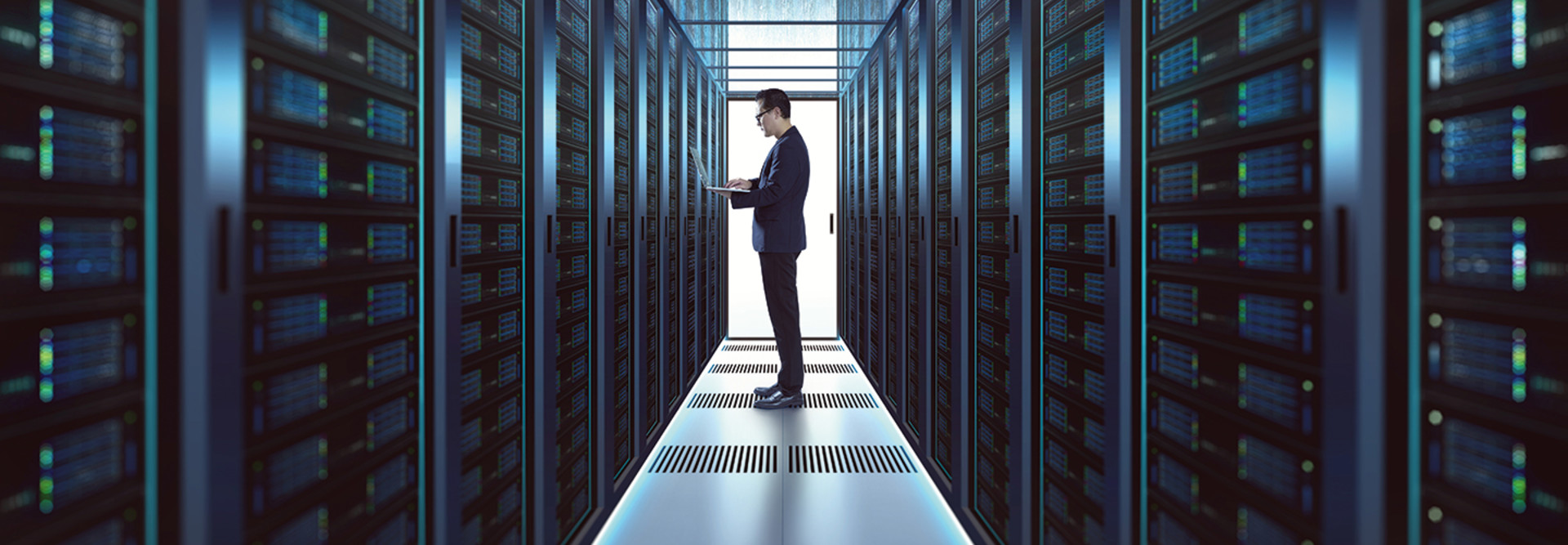Updating an existing data center with water-cooled servers is easy to do and offers immediate benefits. Sandia National Laboratories installed a liquid cooling system for its Attaway supercomputer that resulted in a significant improvement over earlier water-cooled systems. Even older servers can be retrofitted by bringing liquid to the back of a rack of servers.
One benefit of this method is that the captured heat can be reused. For example, the hot water removed from the data center through liquid cooling technology could be used to heat a commercial building.
Manage Your Power, And Power Your Savings
Any process aimed at improving a metric must start with a current value, then find ways to improve it and validate it through subsequent measurement.
To improve data center cooling, begin by understanding the actual energy performance of the data center. Guides like the one produced by Energy Star can help determine initial and subsequent energy efficiency levels.
Power usage effectiveness is the common measurement for describing how efficiently a data center uses energy. The ideal PUE for a data center is 1; the average in 2020 was 1.58. Many colocation providers boast PUE values of 1.1, often as the result of free-air cooling and liquid cooling.
Next, identify opportunities for improvement. Once a baseline has been established, investigate areas that are ripe for improvement and can contribute to energy efficiency. A data center infrastructure management (DCIM) solution can help identify inefficient servers that should be eliminated, map optimal placement of equipment and more.
Implement improvements for quick wins. Make sure to avoid mixing hot and cold air. Look at virtualizing or consolidating servers and choose new servers wisely. Match server capacity to actual load; consolidate or virtualize those that have been deployed and configured for peak capacity.
LEARN MORE: Go deeper on data center optimization with BizTech's full coverage.
Finally, use DCIM to measure progress, tracking critical metrics. By measuring progress against your baseline, you can work toward optimizing the entire performance of your data center. DCIM can give you visibility into — and control over — energy consumption and capacity.
The most carbon-efficient data center is one that you don’t build from scratch but refurbish instead. Look to liquid cooling to save energy and improve efficiency. Strive for continuous innovation: Be on the lookout for ways to reduce, reuse and recycle.
Efficiency is a crucial component in current and future power distribution, energy recovery, IT and environmental networks. In other words, monitor, manage and don’t be hesitant to share lessons learned.











